Discover the Flavors of Yassa Poulet
13 min read Explore the rich flavors and vibrant spices that define Yassa Poulet, a beloved Senegalese dish renowned for its tangy and savory profile. June 30, 2025 21:05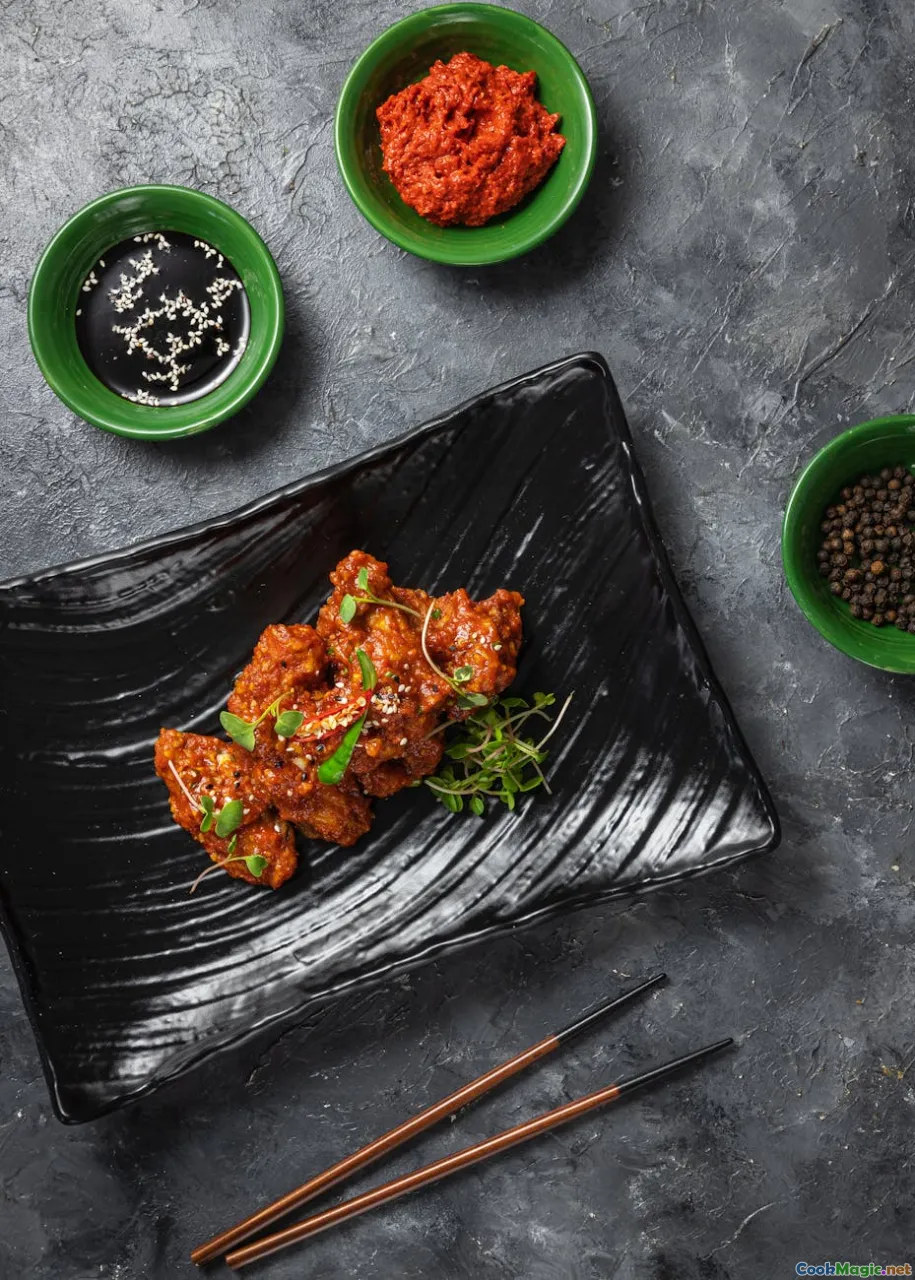
Discover the Flavors of Yassa Poulet
Stepping into Senegalese kitchens or wandering through bustling West African markets, one dish consistently captures hearts with its vibrant aroma, tangy richness, and soul-nourishing warmth: Yassa Poulet. This iconic dish isn’t just a meal; it’s an immersive experience that transports you directly to the heart of Senegalese culture, inviting you into a world where thoughtful tradition, lively flavors, and communal joy come together on a single plate.
Imagine tender pieces of chicken marinated in a spicy, citrus-infused sauce, simmered to perfection, then served over fragrant rice. The bright acidity of preserved lemons or fresh lime combines with the pungent aroma of mustard and caramelized onions, creating a symphony of tastes that dance on your palate. From the bustling markets of Dakar to quiet coastal villages, Yassa Poulet embodies the warmth and resilience of Senegalese life—an edible story that beckons us to explore beyond borders.
So, let's embark on an aromatic journey into the heart of Senegalese cuisine and explore how Yassa Poulet has become an emblem of Senegalese hospitality and culinary ingenuity.
The Roots and Cultural Significance of Yassa Poulet
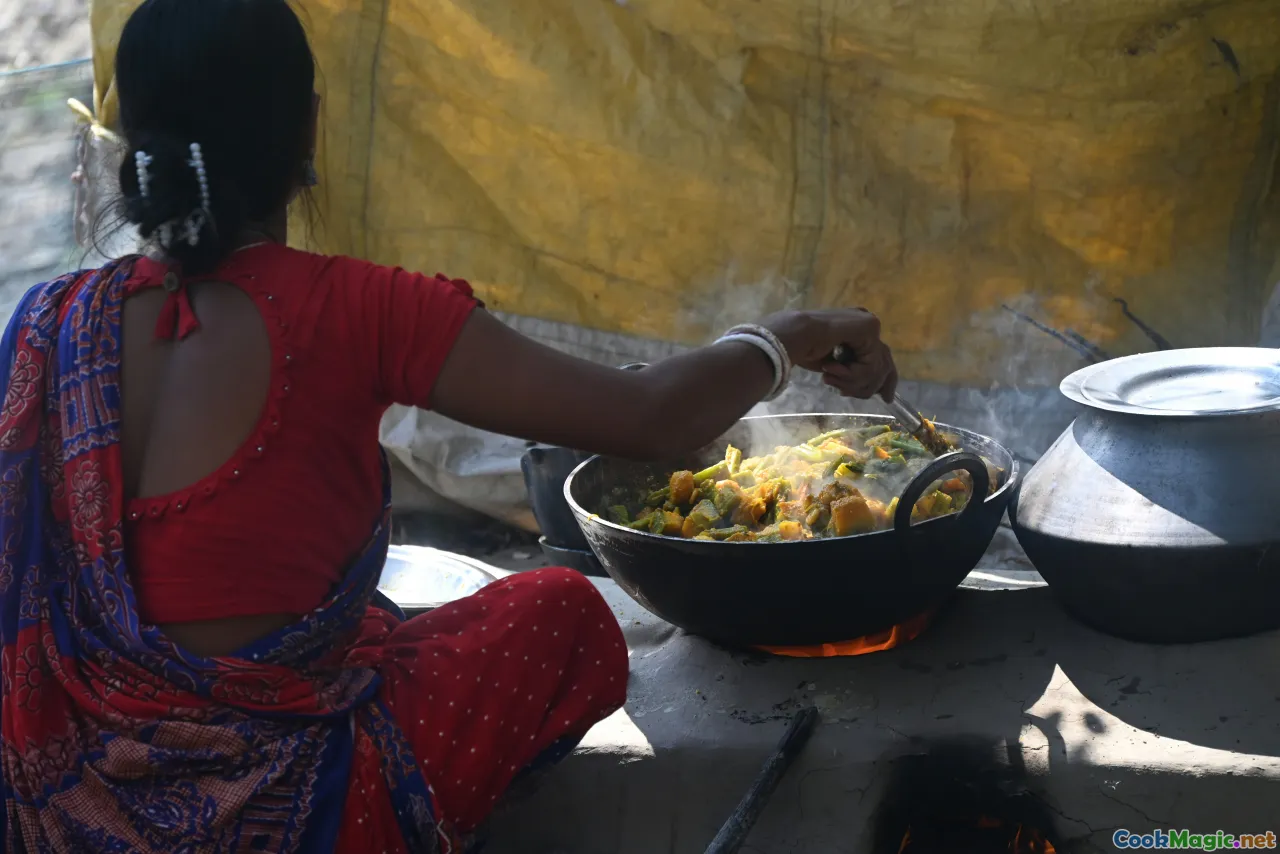
Yassa is more than just a marinade or a recipe; it’s a cultural institution woven into the fabric of Senegalese identity. Originating from the Casamance region and popularized throughout the country, Yassa is traditionally served during special occasions—weddings, family gatherings, and religious festivals—where the communal sharing of food embodies unity and celebration.
Historically, Yassa’s origins trace back to the deep-rooted traditions of Wolof, Serer, and Diola communities, each adding their floral notes to the dish through variations in ingredients and preparation techniques. The dish’s reliance on accessible, locally sourced ingredients such as onions, garlic, citrus, and chicken makes it not only a flavorful centerpiece but also a testament to resourcefulness and regional agriculture.
In everyday Senegalese life, Yassa functions as a symbol of the enduring hospitality that characterizes Senegalese culture. The aroma of Yassa simmering through homes signals warmth, togetherness, and the sharing of stories—a sensory invitation that has welcomed both locals and visitors for generations.
The Essential Ingredients and Their Symbolism
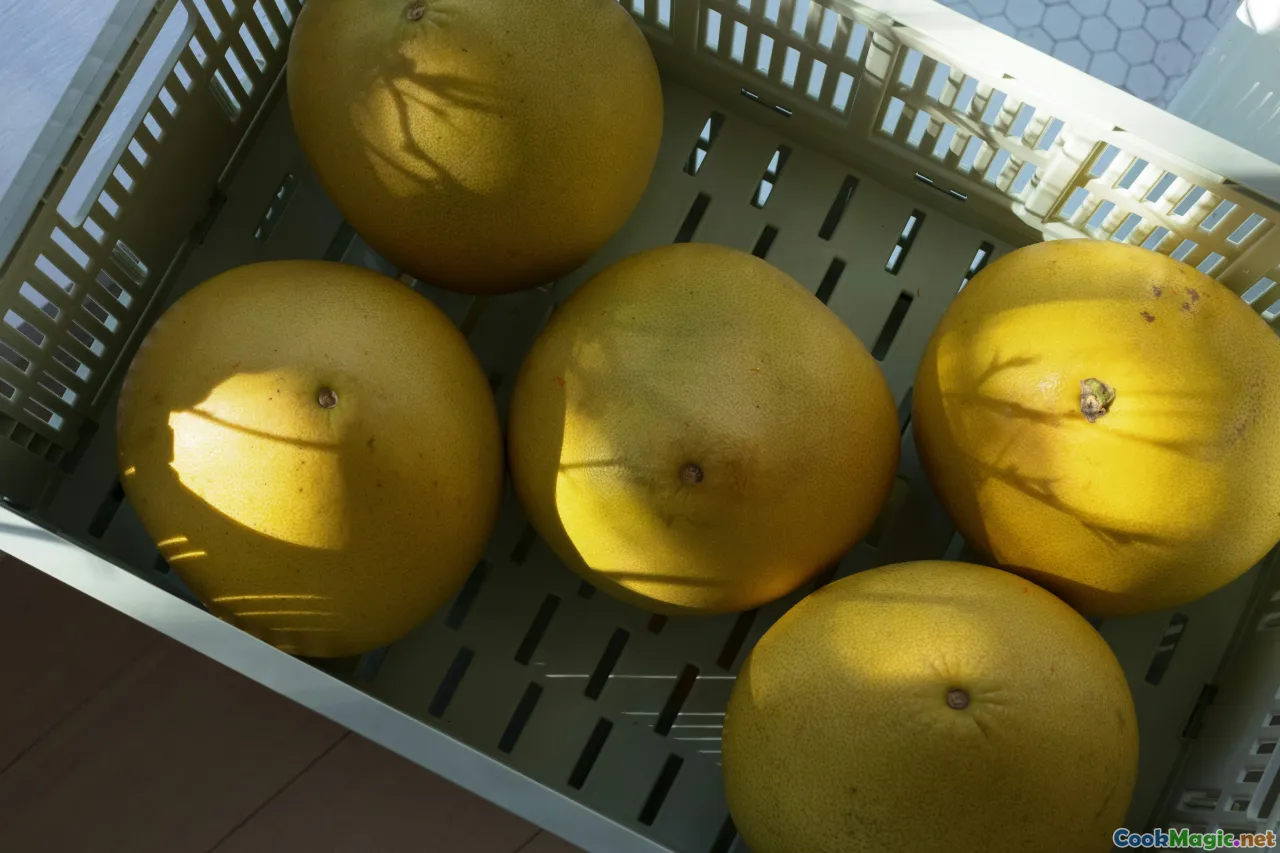
Creating an authentic Yassa Poulet begins with carefully selected ingredients, each adding layers of flavor and cultural significance.
-
Chicken: Traditionally, local village chickens are used for their rich, gamey flavor, but commercially raised broiler chickens work just as well for convenience. The tenderness of the meat is key—marinated thoroughly for maximum flavor infusion.
-
Onions: A generous amount of onions forms the backbone of the dish. Caramelized to a deep golden hue, their sweetness perfectly balances the acidity and spice—creating a caramel note that enhances the richness.
-
Citrus: Preserved lemons or fresh limes are essential for the characteristic tang. Preserved lemons, often brought from North Africa, introduce a complex, salty-sour dimension that is Powerfully aromatic.
-
Mustard: A spoonful of Dijon or Senegalese mustard enhances the dish’s tang and give it a subtle, pungent depth.
-
Garlic and spices: Garlic, adds pungency; thyme or bay leaves offer earthiness; chili peppers introduce heat—these elements combine to create a layered, aromatic profile.
-
Oil: Traditionally, palm oil may be used for an earthy undertone, but vegetable or sunflower oil works well for a lighter finish.
The harmony of these ingredients is what elevates Yassa Poulet from simple comfort food to a celebration of Senegalese culinary artistry.
How to Prepare an Authentic Yassa Poulet

Cooking Yassa Poulet involves a careful balance of marination, caramelization, and slow simmering to develop its signature flavors and textures.
Step 1: Preparing the Marinade
- Squeeze the juice of 4–5 fresh limes or 2-3 preserved lemons into a large bowl.
- Add 4–5 minced garlic cloves, a tablespoon of Dijon mustard, a handful of thinly sliced onions, chopped fresh thyme, and a dash of chili peppers.
- Season with salt, black pepper, and a splash of oil.
- Submerge the chicken pieces, ensuring they are thoroughly coated.
- Cover and refrigerate for at least 2 hours, preferably overnight, to allow flavors to deepen.
Step 2: Caramelizing the Onions
- In a heavy-bottomed pot or Dutch oven, heat a generous amount of oil.
- Add sliced onions and cook over medium heat, stirring frequently, until they become soft and golden brown.
- This process can take 20-30 minutes but is essential for the dish’s characteristic sweetness.
Step 3: Cooking the Chicken
- Remove chicken from the marinade, let excess drip off.
- Brown the chicken pieces in the onion-infused oil, turning to develop a rich, crispy exterior.
- Once browned, add the remaining marinade and a bit of water or chicken stock.
- Cover and let simmer over low heat for about 30-40 minutes, or until the chicken is tender and flavors are melded.
Step 4: Final Touches
- Adjust seasoning, adding a squeeze of fresh lime juice or preserved lemon for added brightness.
- Serve hot, accompanied by fluffy white rice or millet.
- Garnish with chopped fresh herbs like parsley or cilantro for a refreshing contrast.
This labor of love results in a dish that’s rich, tangy, and layered—each spoonful offering a glimpse into Senegal’s vibrant culinary soul.
Variations and Modern Twists
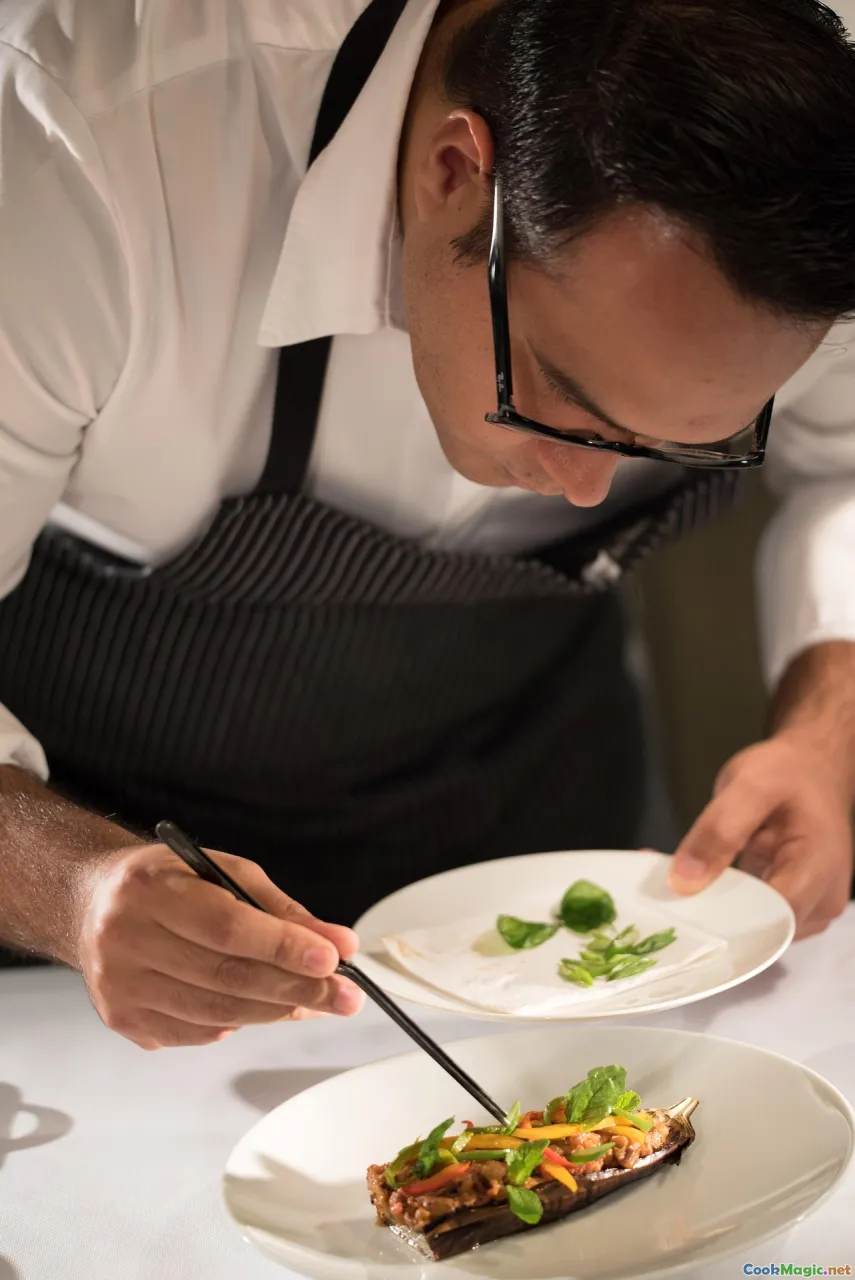
While traditional Yassa Poulet holds a revered status, chefs and home cooks alike have experimented with twists that enhance or modernize the dish.
- Seafood Yassa: Replacing chicken with fish, such as pike or tilapia, lends a lighter version embodying Senegal’s coastal flavors.
- Vegetarian Yassa: Grilled eggplant or jackfruit marinated in the same citrus-onion blend offers a satisfying meat-free alternative.
- International Influences: Incorporating a dash of honey or adding smoked paprika can deepen flavor profiles, pleasing for international palates.
- Presentation: Contemporary plating, with vibrant onion strings atop, or a drizzle of chili oil, elevates the dish from rustic to refined.
However, with all innovations, the soul of Yassa remains rooted in its balance of acidity, sweetness, and spice—a testament to its timeless appeal.
Pairing and Serving Suggestions

Yassa Poulet’s bright, tangy flavors shine best when paired with simple, neutral sides that allow the main flavors to sing.
- Rice: Fluffy white rice absorbs the flavorful sauce,acting as a neutral canvas.
- Millet or Fonio: For a more authentic and textured experience, use traditional grains like millet or fonio.
- Vegetables: Complement the dish with sautéed greens, grilled plantains, or roasted sweet potatoes.
- Drink Pairings: Traditional Senegalese herbal infusions like bissap (hibiscus tea) or fresh coconut water refresh the palate. For wine lovers, a crisp Sauvignon Blanc or aromatic Gewürztraminer pairs beautifully.
The presentation—the vibrant yellows and deep caramel hues of the dish contrasted against the bright greens—rouses an appetite and celebrates Senegal’s colorful culinary palette.
Personal Reflections and Tips for the Home Cook
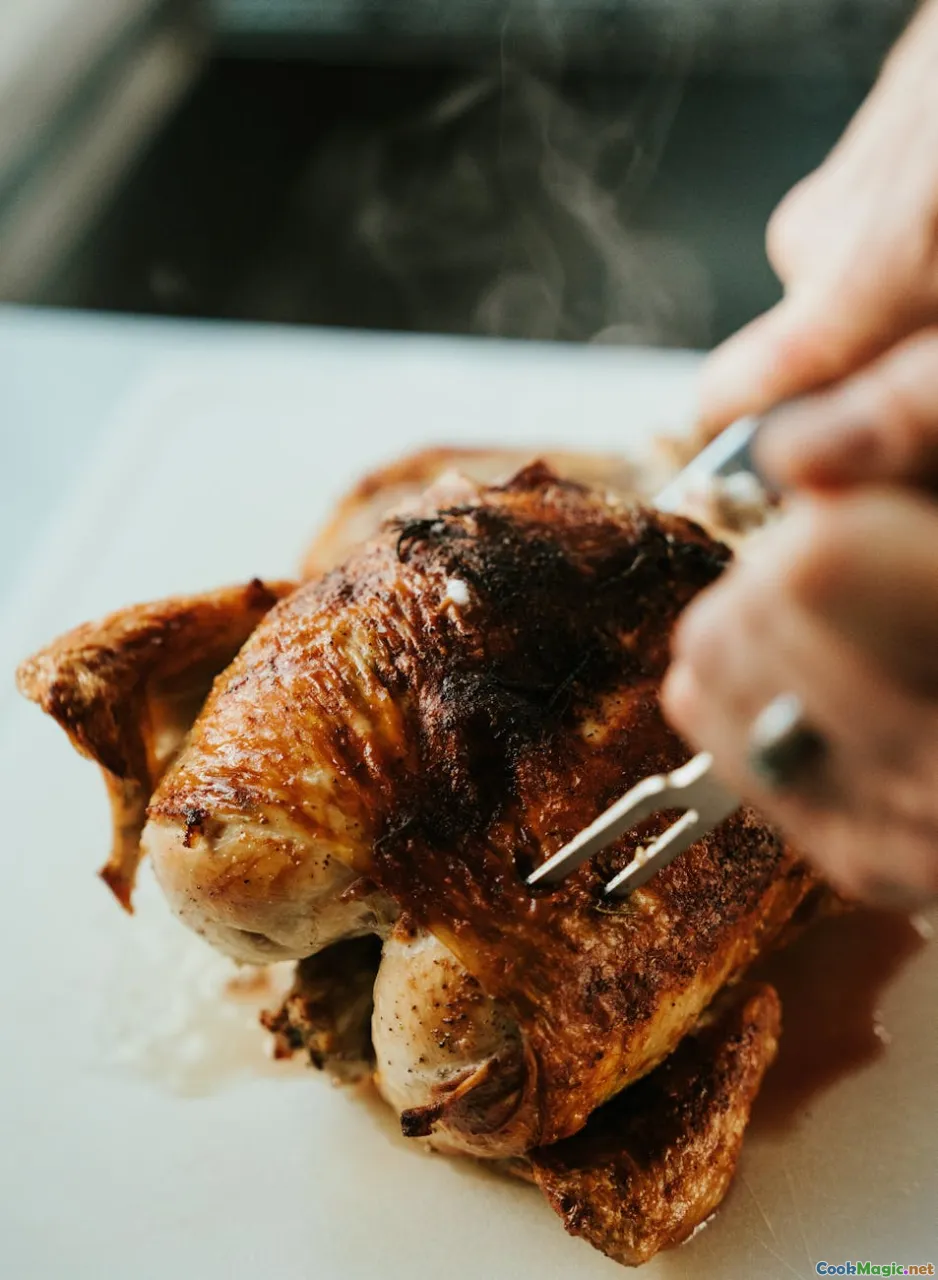
My personal journey with Yassa Poulet began during a memorable trip to Dakar’s bustling art markets, where the aroma of grilling chicken and simmering onions filtered through the streets. Inspired, I tried my hand at making it at home—every step revealing new facets of this dish’s complexity.
A key tip: stay patient during caramelization. That slow, meditative process of frying the onions brings out sweet, caramel notes that define Yassa’s essence. Also, don’t rush the marination—allowing the flavors to meld overnight creates depth impossible to achieve with a quick soak.
Use freshly squeezed citrus, and if local preserved lemons are unavailable, investing in good quality store-bought can make a noticeable difference. To elevate the dish further, serve it family-style, encouraging communal sharing—a core aspect of Senegalese tradition.
Cooking Yassa Poulet is, in itself, an act of patience and love. It’s a dish that invites storytelling, conviviality, and a deeper appreciation for West Africa’s culinary richness.
An Invitation to Experience Senegalese Heritage Through Every Bite
Every spoonful of Yassa Poulet tells a story—of history, of resilience, of joyful communal gatherings. Its bright flavors, soulful ingredients, and cultural resonance make it a must-try for any culinary adventurer eager to explore the diverse tapestries of African cuisine.
So next time you seek a dish that delights not just the palate but also the senses and the spirit, trace the path to Senegal. Discover that among the spices, citrus, and caramelized onions resides not just a meal but a celebration—a flavor story waiting to be shared.
Embark on this culinary voyage, and let Yassa Poulet open the door to Senegalese hospitality, one vibrant, delicious bite at a time.









